Perk Up with 6 Tasteful Malaysian Drinks
Lighten your mood and rejuvenate your senses with 6 must-try Malaysian drinks!
Discover the authentic in Asian cuisine food
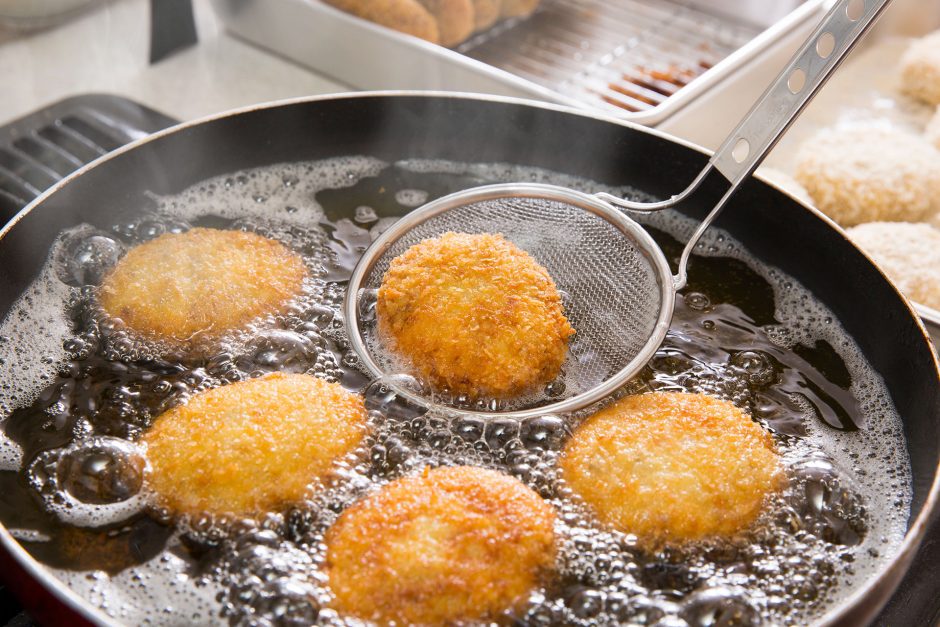
We all use cooking oil, and different oils give you different flavours and results. Besides the base ingredient your cooking oil is derived from, the key factor that distinguishes each type of oil is its smoke point.
Well, ever have oil in your pan over a too-fiery stove, then find it smoking, and gradually churning out a not-too-pleasant smell? That’s your cooking oil heated past its smoke point. The temperature where the oil’s fat molecules break down and release free radicals and a chemical called acrolein. The point where your food starts to burn with that bitter harsh flavour and stinks up your kitchen.
Nope, we never want that. So it’s always important to choose an oil with a high smoke point, which allows the sizzling fat to properly cook your meat, fish or veggies and accentuate their flavours.
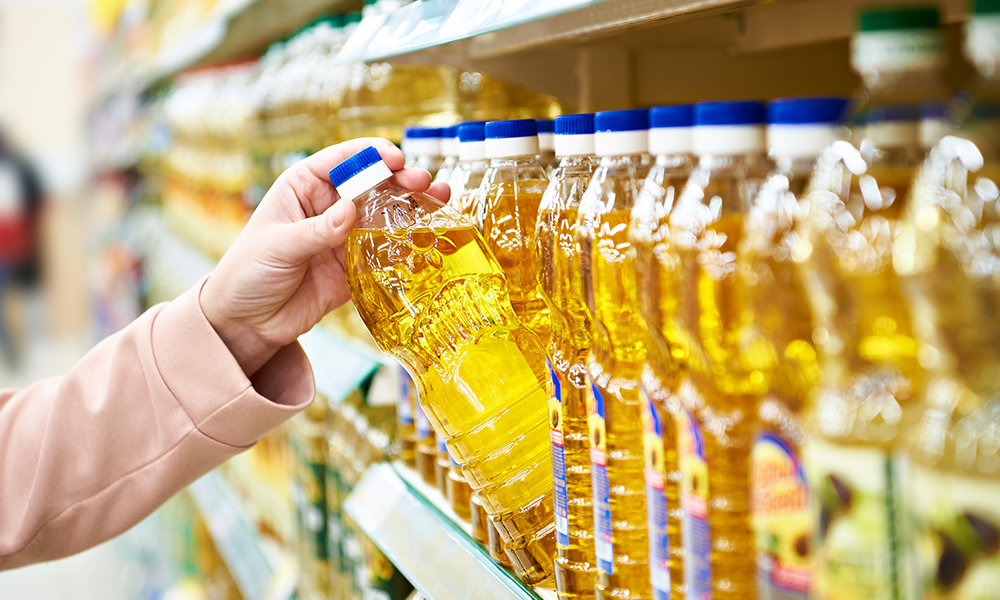
Typically, cooking oils are derived by crushing or pressing nuts. This step produces ‘virgin’ oils that have all the original natural flavours and colours. Oils for dressing, flavouring and very low-heat cooking like olive oil and sesame oil are such ‘virgin’ oils. These oils also contain minerals, enzymes and other compounds that heat up and burn quickly, thus unsuitable for stir-fry, deep-fry or sautéing.
The next step in making cooking oil is the refinement process through bleaching, filtering or high-heat to eliminate said compounds; thus producing subtle or neutral-flavoured oils that sizzle at high temperatures up to 250°C. Canola oil, peanut oil, sunflower oil, and others belong to this category of refined oils with high smoke points. Some like peanut and coconut oil have both virgin and refined versions for different uses as well.
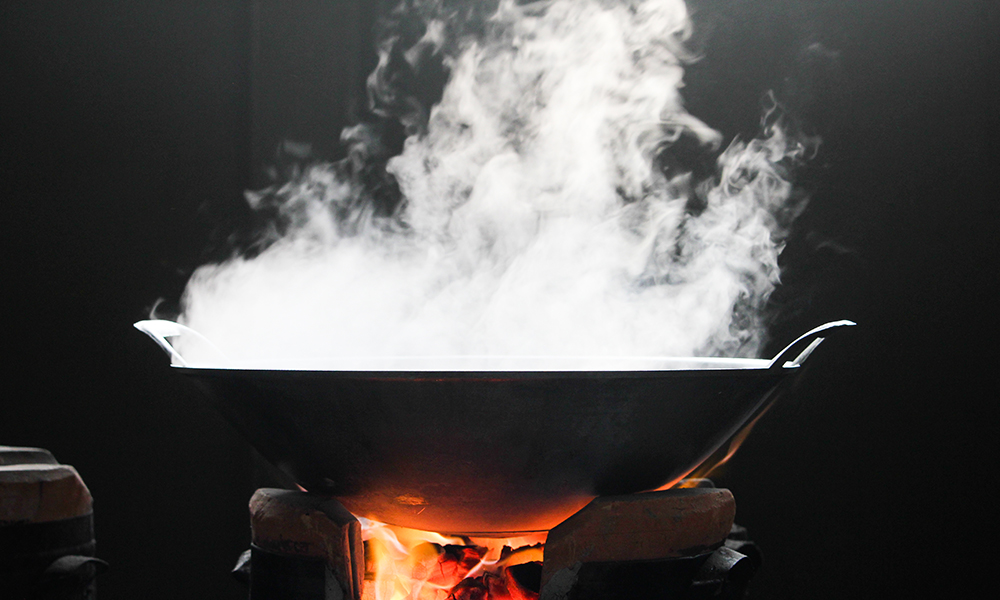
The higher the smoke point, the more cooking methods you can use. Most Asian dishes call for high-temperature cooking. Check out these cooking oils to get your favourite authentic flavours.
Refined oils also generally have a longer shelf life. The key tip is to seal tightly and keep them in a cool, dark place. For bottled oils, wrap them in tin foil for even longer storage. ‘Virgin’ oils can last longer when stored in your fridge. Never keep your uncooked oils near your stove, as ambient high heat can spoil them.
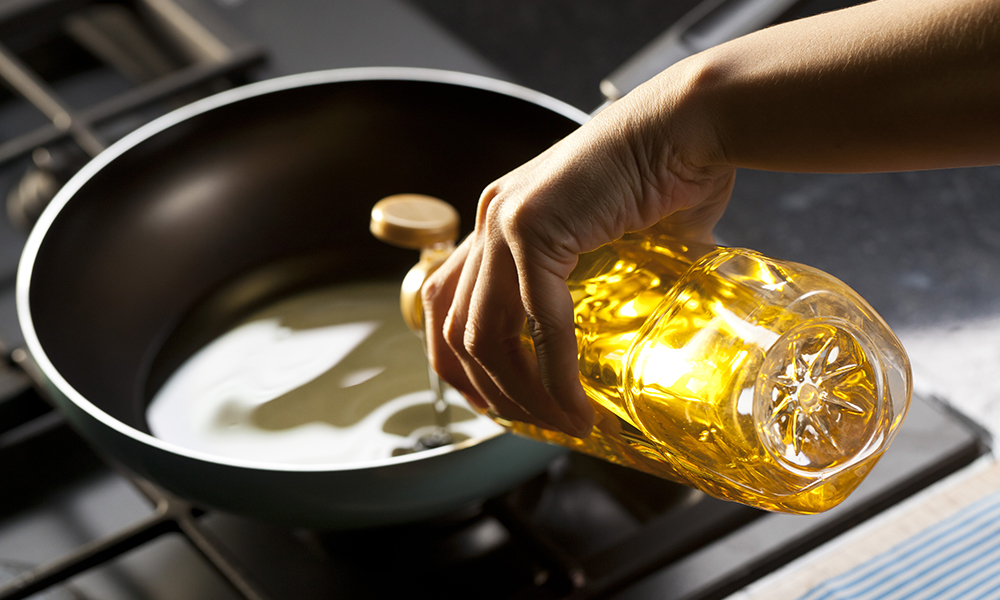
How to avoid cooking past the smoke point? The most basic way is to first heat your pan or wok, and start cooking in medium-high temperature before boosting the heat. But smoking oil isn’t always a bad thing, some dishes may even need it. Just make sure to keep a close eye and keen nose, and dial down the heat when necessary.
Here are some basic tips for high-temperature cooking:
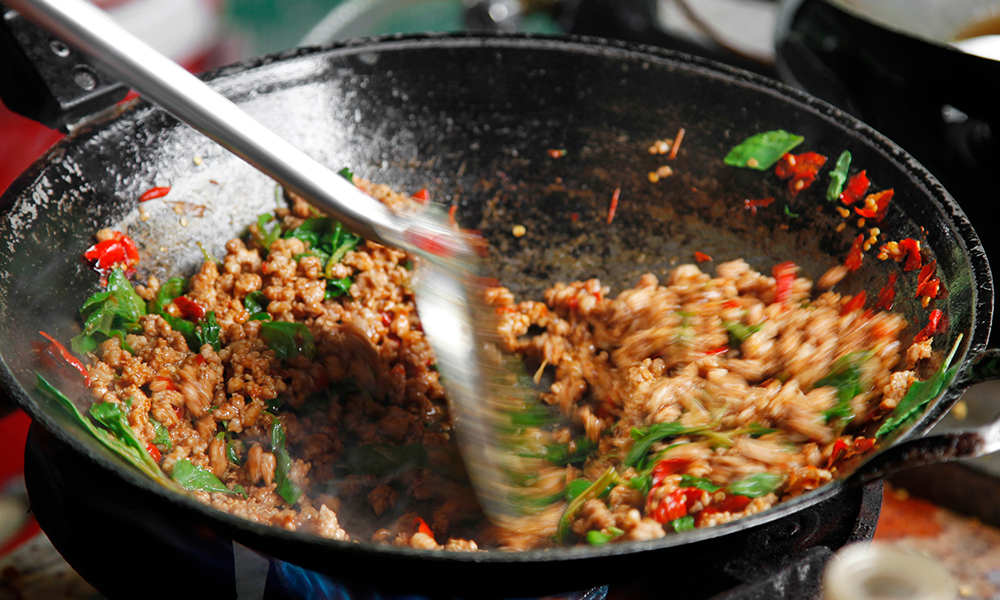
Stir-frying is all about speed. Start by coating your skillet or wok with a thin layer of refined oil, heat up at medium-to-high temperature, and stir your food evenly to a crisp, fresh aroma. Stir-fry is the easiest way to cook up a yummy meal, Asian style. Find out all you need for it here, and how to master the technique.
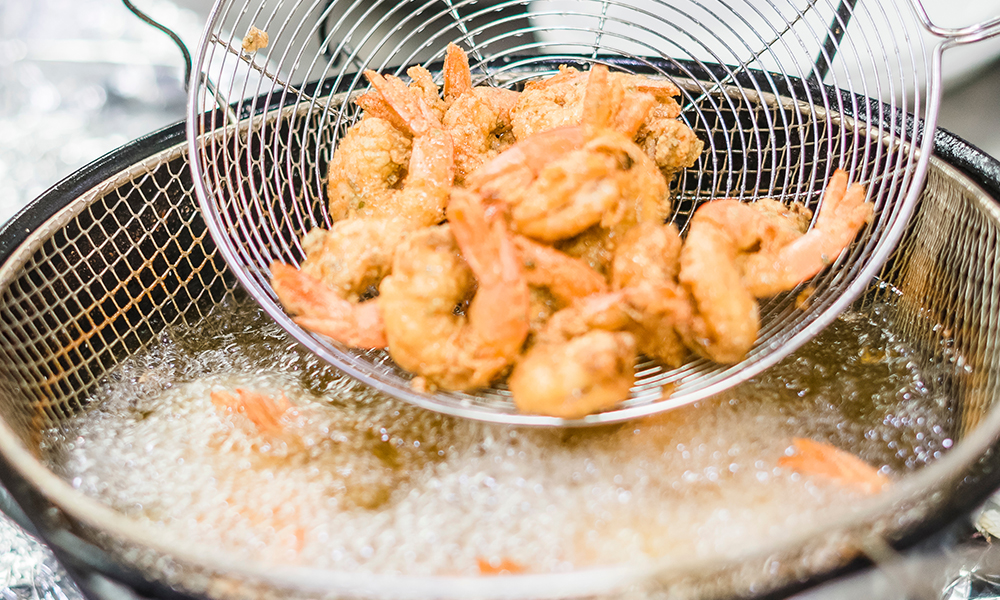
The wok is your friend here, and of course, cooking oil with a high smoke point. Pat your food dry first, heat up a good portion of oil till boiling hot, and drop in the food. But don’t crowd your wok. Go in batches, stir/move the food while they cook, and watch the fire at all times.

To cook your meat quickly for that yummy browning effect, heat the oil till it just begins to smoke, put in the meat, and let it sizzle.
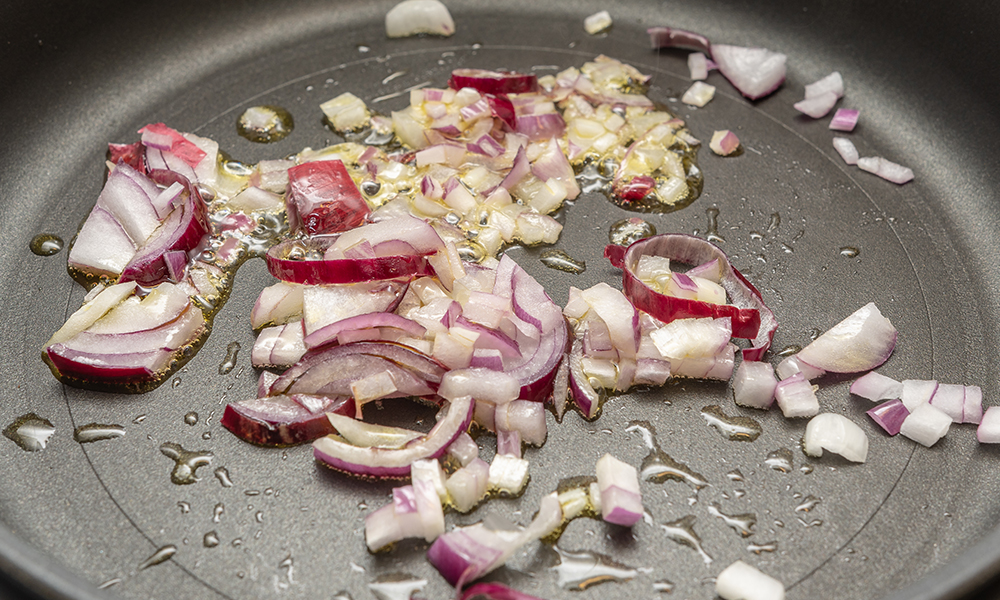
Both virgin and refined oils are good for sautéing. Just simmer a small amount at low or medium heat, then add in your ingredients.

Lighten your mood and rejuvenate your senses with 6 must-try Malaysian drinks!

Pair your hearty barbecues with these refreshing Asian delights!

What are the properties of ginger, and how to pick, store and use ginger in your cooking? Find out here!